
Conductive two-dimensional titanium carbide ‘clay’ with high volumetric capacitance
Michael Ghidiu, Maria R. Lukatskaya,Meng-Qiang Zhao,Yury Gogotsi & Michel W. Barsoum
Nature(2014)doi:10.1038/nature13970
Safe and powerful energy storage devices are becoming increasingly important. Charging times of seconds to minutes, with power densities exceeding those of batteries, can in principle be provided by electrochemical capacitors—in particular, pseudocapacitors. Recent research has focused mainly on improving the gravimetric performance of the electrodes of such systems, but for portable electronics and vehicles volume is at a premium. The best volumetric capacitances of carbon-based electrodes are around 300 farads per cubic centimetre; hydrated ruthenium oxide can reach capacitances of 1,000 to 1,500 farads per cubic centimetre with great cyclability, but only in thin films.
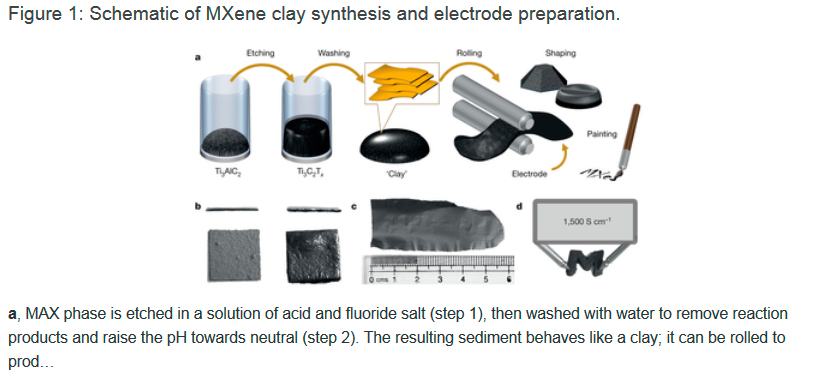
Recently, electrodes made of two-dimensional titanium carbide (Ti3C2, a member of the ‘MXene’ family), produced by etching aluminium from titanium aluminium carbide (Ti3AlC2, a ‘MAX’ phase) in concentrated hydrofluoric acid, have been shown to have volumetric capacitances of over 300 farads per cubic centimetre. Here we report a method of producing this material using a solution of lithium fluoride and hydrochloric acid. The resulting hydrophilic material swells in volume when hydrated, and can be shaped like clay and dried into a highly conductive solid or rolled into films tens of micrometres thick. Additive-free films of this titanium carbide ‘clay’ have volumetric capacitances of up to 900 farads per cubic centimetre, with excellent cyclability and rate performances. This capacitance is almost twice that of our previous report8, and our synthetic method also offers a much faster route to film production as well as the avoidance of handling hazardous concentrated hydrofluoric acid.
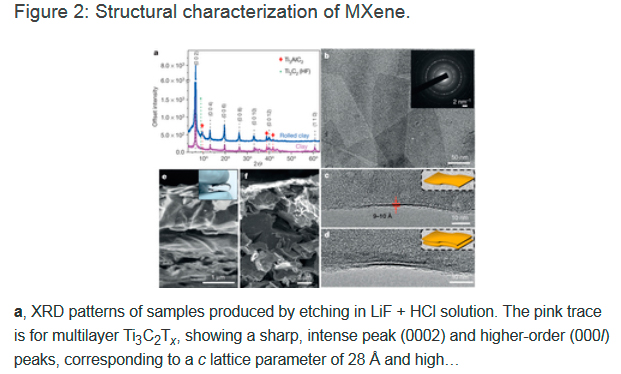
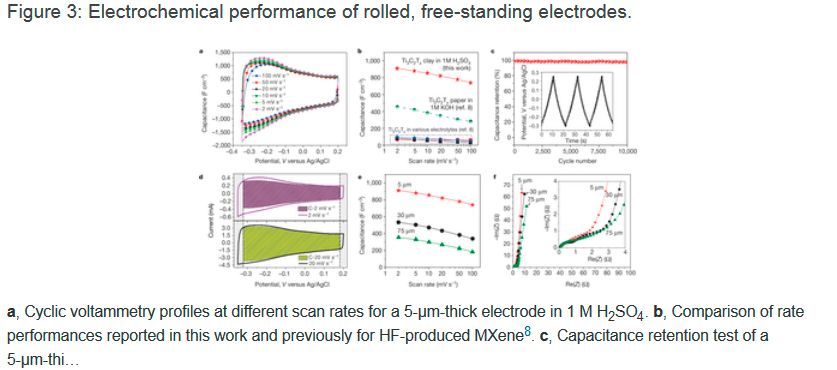
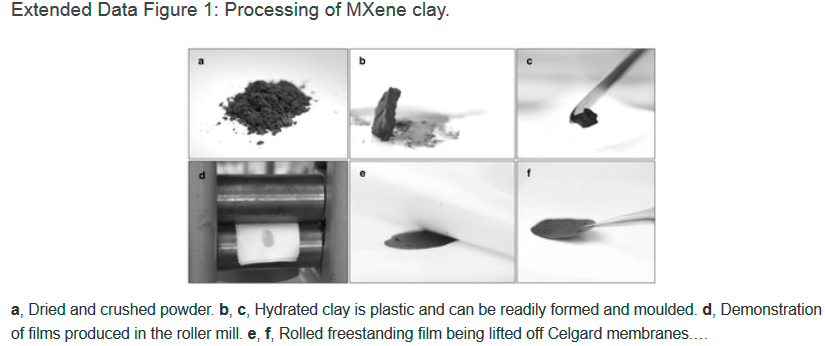
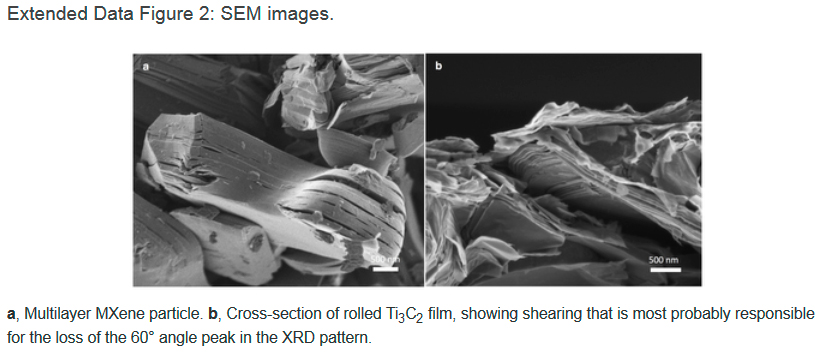
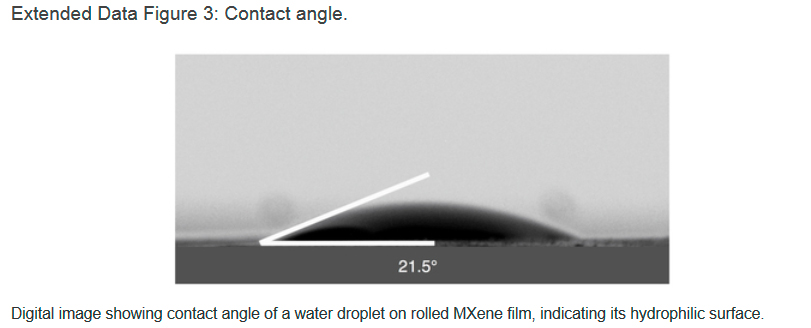
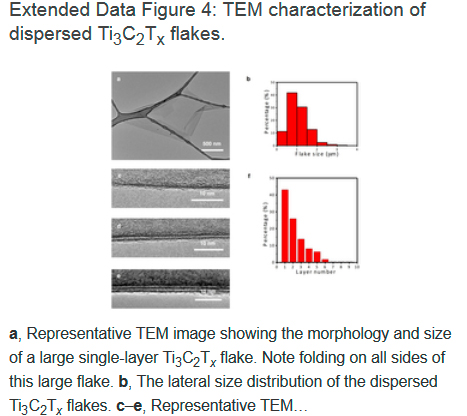
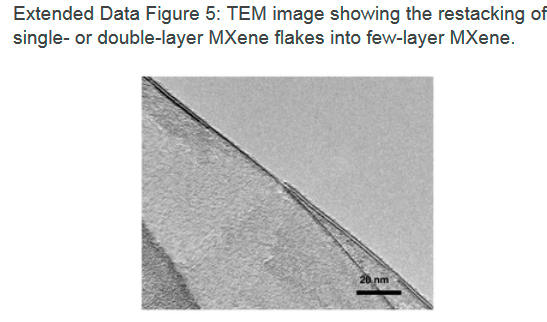
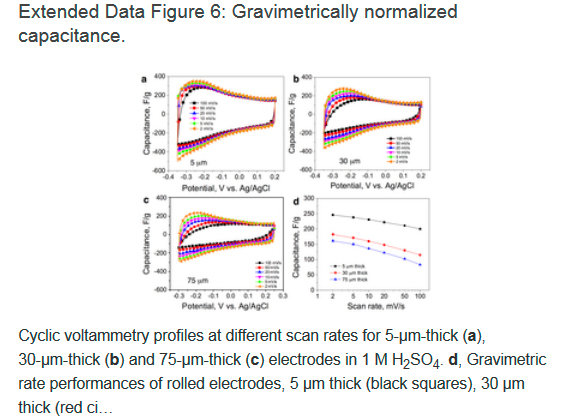
Source: www.mrc.org.ua